Rough, often patchy and sometimes near-absent: the roads you regularly drive on can take quite a toll on your car. This makes regular tyre maintenance important because the vehicle part that bears the maximum brunt of poor roads are the tyres and the wheel rims they are mounted on. After all, these are the only car parts in actual physical contact with the terrain below.
Clearly, neglecting tyre maintenance is never a good idea because it means poor ride quality, reduced mileage and compromised safety on roads. But tyre maintenance doesn’t have to be a complicated or time-consuming process. Here are some tips, tricks and daily maintenance methods that can boost the life of your tyres, and smoothen your daily drive:
1. Right Tyre Pressure ensures Smooth ride, Better mileage, long tyre life
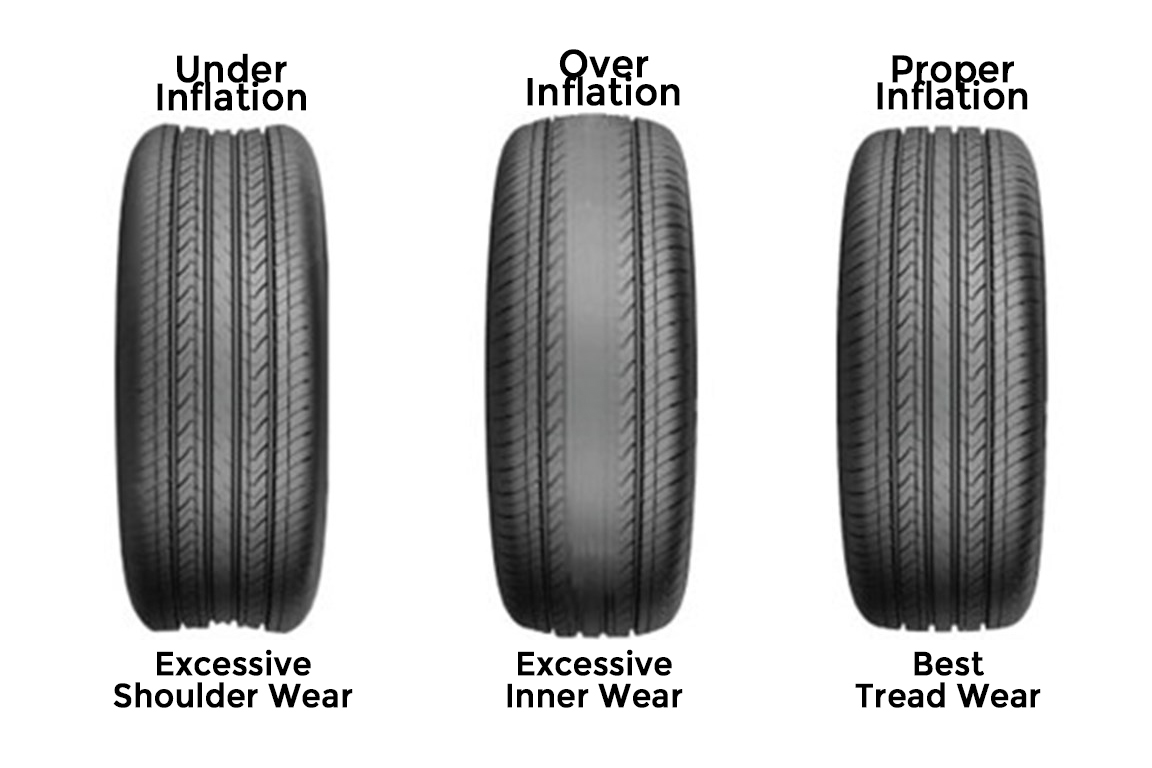
Never over-inflate your tyres. Doing that makes them stiff and unyielding, reduces traction, causes excessive inner wear and may even lead to tyre failure. At the same time, don’t run your vehicle with under-inflated tyres either because that lowers mileage, raises friction, causes excessive shoulder wear and results in poor vehicle handling.
In other words, the wrong air pressure level not only damages your tyres but also makes your engine work harder to keep the vehicle moving. Your struts and shock absorbers may also get damaged if the tyres are inflated incorrectly.
Where to find the ideal pressure for your car tyres?
The ideal tyre air pressure, measured in pounds per square inch (psi), varies from vehicle to vehicle. It also depends on the loading condition, or how many people typically occupy the car. You can find the correct tyre pressure for your car on a tiny sticker pasted on the inside of the driver’s door pillar. Or you could refer to the owner’s manual that came with your car. Note those numbers and fill your tires within the specified range.
Also Read: Best Car Engine Maintenance Tips – Explained in Detail
2. Check tyre air pressure once a month – in ‘cold’ tyre condition

From OEM owner’s manuals to car bloggers, most experts out there (rightly) recommend getting tyre pressure checked once a month. In practice, tyre checks end up coinciding with visits to the fuel pump, which may or may not happen at the same time as when your tyres actually require refilling.
Getting tyre pressure checked doesn’t cost a rupee at fuel stations in India, so make your trips to the refilling station a monthly affair, if not more frequent (some may suggest fewer or more visits depending on whether it’s summer or winter, but the ideal frequency of tyre pressure checks remains same irrespective of the season or or the number of kilometers you clock regularly).
Tyre pressure checks should be done when the tyres are cold. ‘Cold Tyres’ means the vehicle has not been driven for at least three hours or driven less than 1.6 km. Otherwise you may not get an accurate reading.
3. Is nitrogen better for tyres than regular air? We say, yes.
When you fill your tyres with nitrogen, you can expect pressure leak to be less than otherwise because of the relatively large size of nitrogen molecules. The expansion or contraction of Nitrogen is less compared to regular compressed air. This maintains the tyre temperature and reduces tyre wear.
These properties of nitrogen ensure that your tyres enjoy better tread life. The wheel’s rim is less susceptible to corrosion if nitrogen is used to inflate tyres. That said, checking tyre pressure at regular intervals is a must-do for any car owner.
Also Read: Car Tyre Pressure: All you need to know
4. Car shaking on smooth roads? Your tyres lack ‘balance’
If your car is wobbling abnormally at around 40-60kmph, it probably means the inner and outer sides of your tyres have unequal weight distribution. The problem can be solved by getting your tyres balanced. The best practice is to get this done every 8000-10,000 km or once every year.
What is tyre balancing?
Tyre balancing is a tune-up for your wheel-tyre set. It makes sure that the weight is evenly distributed around the entire circumference of the unit. Also tyre balancing is required after every incidence of a tyre puncture.
5. Get wheels aligned if tyres show uneven wear
It’s a good idea to go for wheel alignment in case of uneven tyre wear or vehicle pulling in left or right direction while driving straight or if you notice any problem with your car’s suspension. Do get your wheels inspected for misalignment if you drive fast across a speed bump, ride over a stone or bumped into a curb.
In general wheel alignment must be checked regularly to keep your vehicle’s suspension, tyres and brakes in good condition.
6. Rotate tyres every 5,000 km to avoid costly replacements
Typically how fast a tyre wears out depends on, among other things, its location on the vehicle. For example, a front wheel drive, which applies engine power to the front wheels, will see the front tyres wear out fastest. Tyre wear also depends on how well the suspension has been maintained, and the way the car is usually driven.
Tyre rotation is exactly what the name suggests: swapping the position of your car tyres every once in a while to distribute tyre wear evenly. Changing their relative positions every 5000 km is an easy way to prolong their life. Tyres may be rotated by moving them from one side to another, front to back or through a combination of both.
Refer to your owner’s manual to know exactly which rotational pattern you should follow.
7. Check Tyre Tread Depth with Tread Wear Indicators
The tread of your car’s tyre is the rubber part on its circumference that’s in direct contact with the surface of the road. Good tyre tread allows proper traction. So when tread wears out, your car loses traction and is more prone to skidding and sliding in wet conditions. When you check for tyre pressure (ideally every month), you should also check for tread depth/wear.
The truly reliable test to check tread depth is with the help of what’s known as Tread Wear Indicators (TWI). These are narrow strips of smooth rubber that lie in the tread groove that runs all around the circumference. If you notice the tread of one or more of your car tyres almost level with these tread wear indicators, with about 1.6mm of tread depth left, it is time to you replace your tyres.
8. Ensure wheel bolts are of correct size
Wheel bolts are important simply because they secure the wheels. Typically you can trust the OEM to have made sure the wheel bolts are exactly the right size. What you need to do is simply make sure the bolts are the right size. Short bolts may cause the wheel the pop out while long ones may negatively impact the car’s suspension.
9. Check alloy wheels for any cracks or dents
Driving often on bad roads can lead to bending of rims or cracks on rims. Although bending of steel rims can be taken care of by using a simple hammer and dye, but for alloy rims, this solution does not work. In case the alloy wheel is bent you will definitely have to get it replaced. This is typically covered under insurance, so you don’t have to pay upfront for the replacement.
Also read: What is the difference between Alloy Wheels & Steel Wheels?
Also if the rim is being replaced, do get the suspension also checked for damages. In particular, aftermarket alloy wheels should be regularly checked for signs of damage.
10. Know Your Car’s Load Limit
Ever vehicle has its own load limit which can be checked from the manual. Overloading your vehicle increases load on your tyres and other vehicle components, which may cause poor handling, increased fuel consumption and damage to your tyres.
Tyre Maintenance: Bonus Points
Tyre Bulging is a Safety Hazard
A tyre is made up of ply and rubber. The ply provides strength, and the rubber is glued to the ply. In case of a major impact, the tyre’s sturdy sidewall becomes weak as the structural integrity suffers damage. This separates the rubber from the plies, which allow the air to escape. And then this air forms a bulge. With a bulge, your tyres obviously aren’t safe for use anymore, so it’s best to get them replaced. Bulging is generally covered under warranty, so do check with your tyre manufacturer to get them replaced under warranty and save yourself some bucks.
Pay attention to your spare tyre, too
Don’t let out of sight be out of mind. Your spare tyre is no different from the rest of your car tyres. Measure its pressure and check for possible damage such as cuts, punctures or tread wear once every 30 days or ahead of a long trip.
In many cases, the size of the spare tyre is different than the remaining tyres on the vehicles. Thus most car manufacturers advise not go above 60-80kph when using a spare tyre during emergencies. In case the spare tyre is the same size, you can use it as you would use a regular tyre but do remember to bolt it well while changing.
When it’s time to replace the temporary tyre, do that with another tyre of the exact same size and construction. When you rotate your tyres, do not forget your spare if it’s the same size as the rest of its regular counterparts. Also, when buying new tyres make sure they have the load index as specified in the manufacturer’s manual.
Replace Tyres with Care
Before replacing your tyres, consult the vehicle hand manual for tyre replacement recommendations. Vehicle handling may be significantly affected by a change in tyre size or type. When selecting tyres that are different from the original equipment, make sure to select the right clearance, load-carrying capacity, and inflation pressure are selected. It is recommended to put new tyres on the back axles for better traction; losing traction on the rear can be a very dangerous situation.
For optimum handling and control, it is recommended the four tyres should be of the same type and size unless otherwise specified by the vehicle manufacturer.
Tyre Maintenance Tips: Final things to remember
- Check your tyres for signs of damage frequently. At least once a month, do a close visual inspection of your tyres and look out for any cut, crack, bulge, penetration, loose wheel nuts or foreign objects such as nails or stones sticking to the tread.
- If the Tyre Pressure Monitoring System (TPMS) warning signal is illuminated, it means the pressure in your tyres is low. Get your tyre pressure checked and refill it to the OEM recommended level.
- Always replace the valve after fitting your car with a new tyre.
- When driving at high speed for long stretches cannot be avoided, you can fill your tyres an additional 5 psi over the recommended pressure.
- Store your tyres in a cold, dry place and never let water accumulate in them. This applies to your spare tyre as well.
- Driving at high speeds can cause damage to your tyres due to excessive heat build-up.
- Abrupt braking is bad for your tyres, as it leads to skidding and tread wear. Driving at a constant speed and avoiding excessive use of brakes increases tyre’s life.
- Do not excessively spin your tyres when stuck in ice, water logging, mud or sand. Use forward/ backward motion to set your vehicle free.
Taking care of these small things can go a long way in adding to the life of your tyres, helping you avoid costly replacements, boosting your mileage, improving your driving experience and, most importantly, keeping you and others on the road safe.
FAQ’s on Car Tyre Maintenance Tips
Q. What are 3 things you can do to help maintain your car tyre?
A. Ensuring correct air pressure, checking tread depth and signs of damage at frequent intervals, and getting tyres rotated on time are 3 things one can do to maintain car tyres.
Q. How do you know if a car tyre needs an alignment?
A. Go for wheel alignment in case of uneven tyre wear, if your vehicle is pulling in left or right direction while driving straight, if you notice any problem with your car’s suspension or if you drive fast across a speed bump, ride over a stone or bumped into a curb.
Q. What does tyre maintenance include?
A. Tyre maintenance includes ensuring correct air pressure at all time, getting tyre balanced, aligned and rotated at recommended intervals, and checking tyres for cuts, damages or tread wear.
Q. How often should the tyre be balanced?
A. Ideally, the tyre should be balanced every 5,000 km.
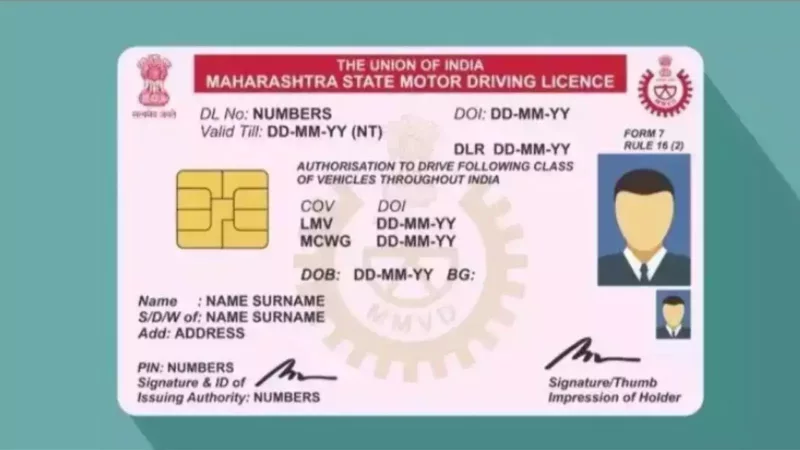
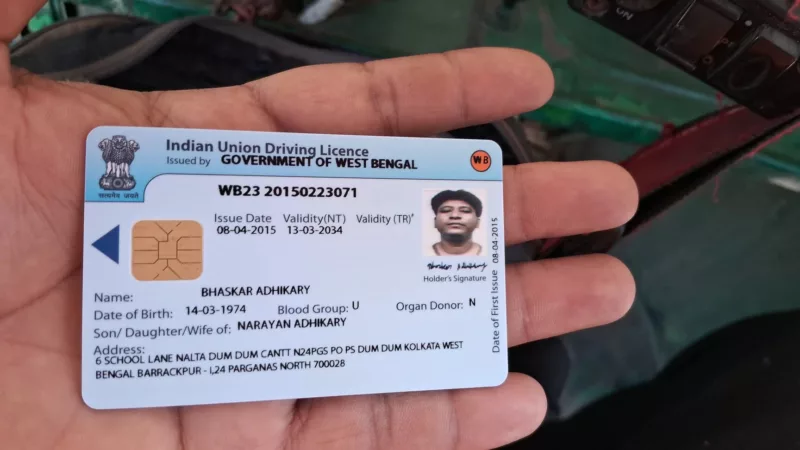
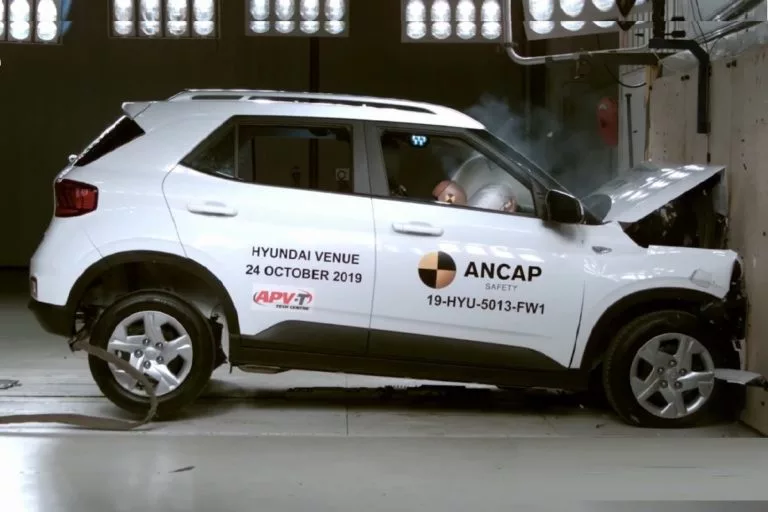

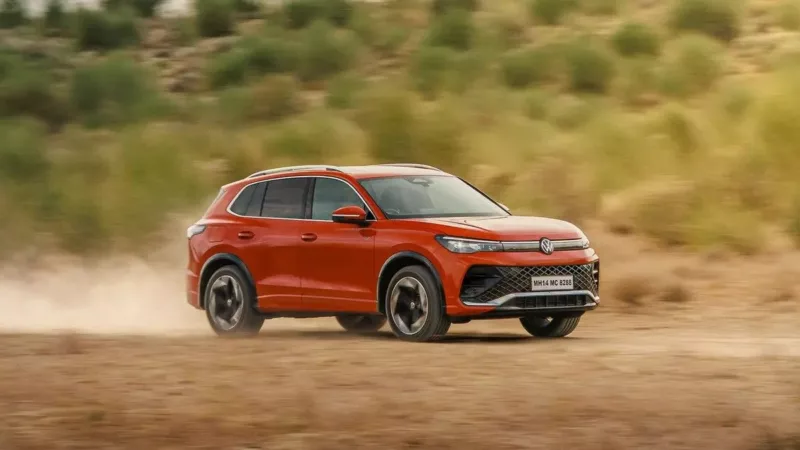
 ne big family!
ne big family!